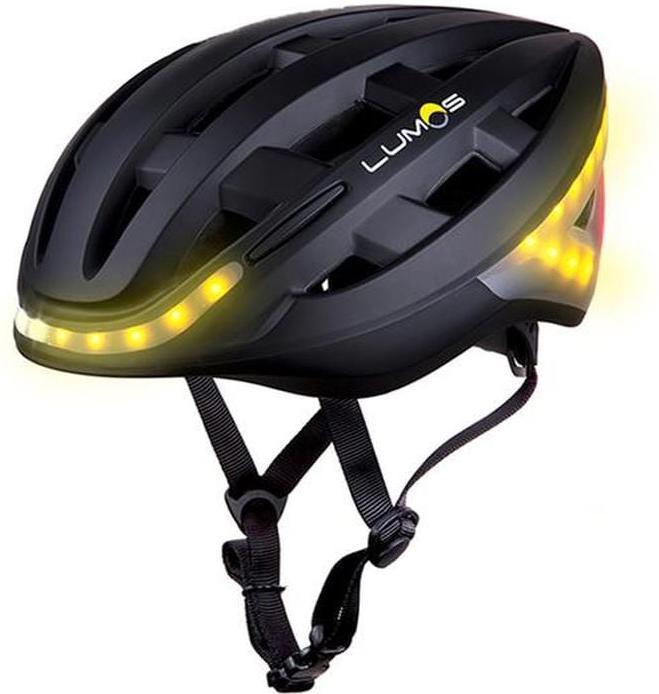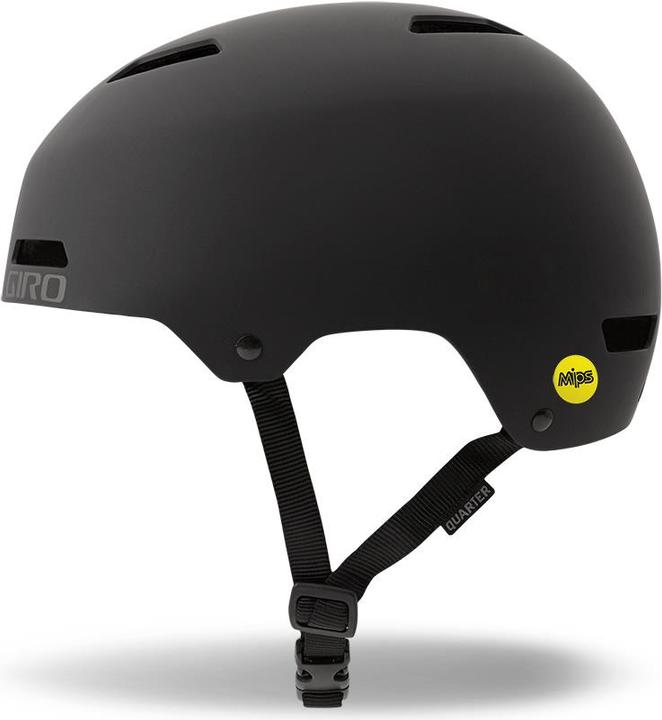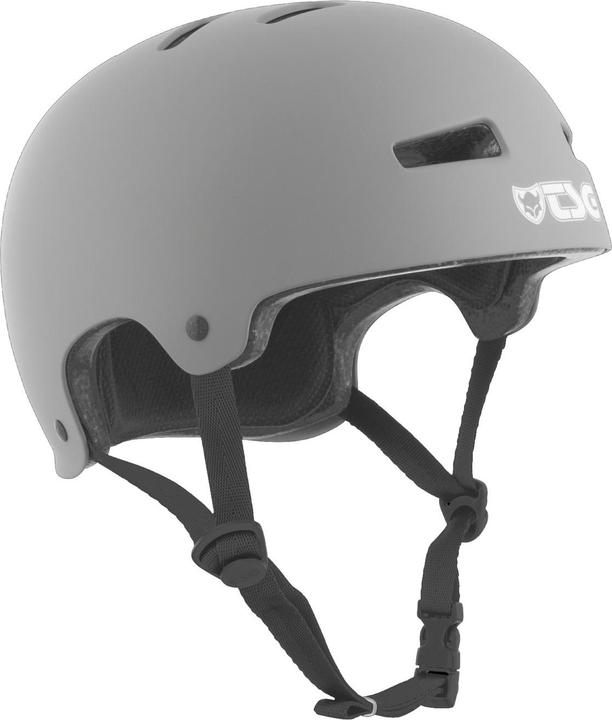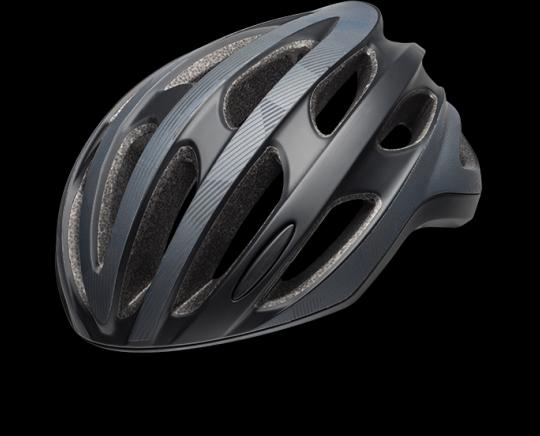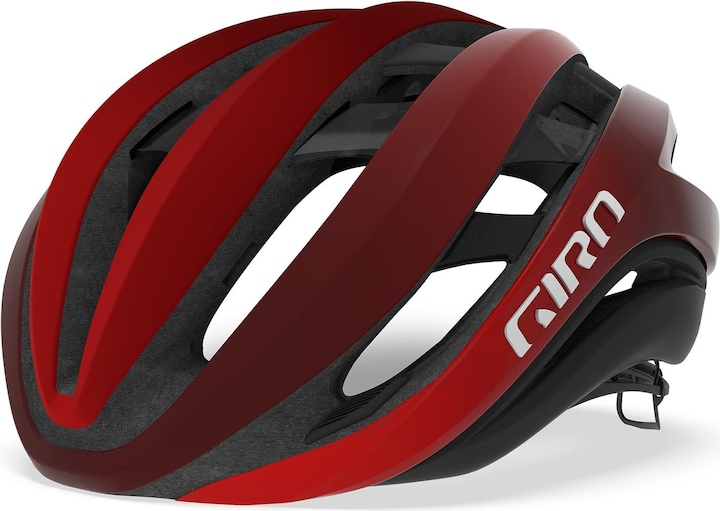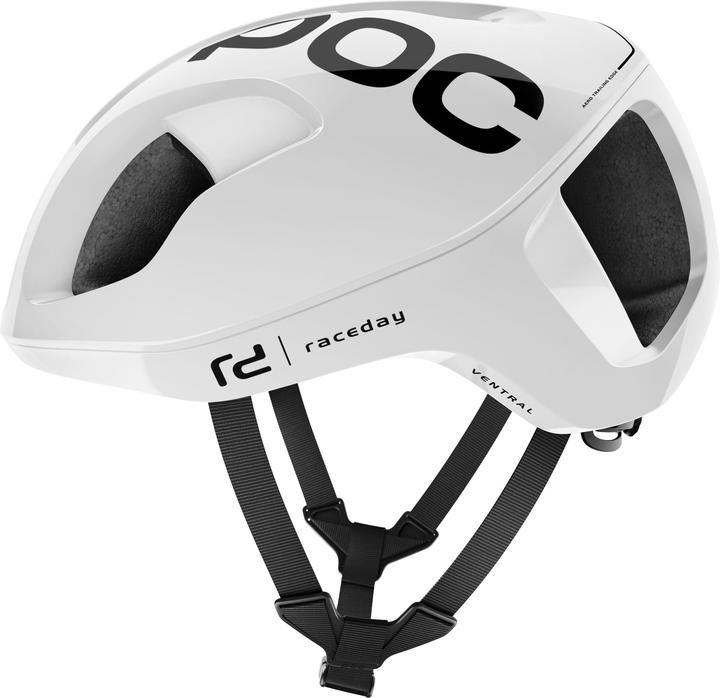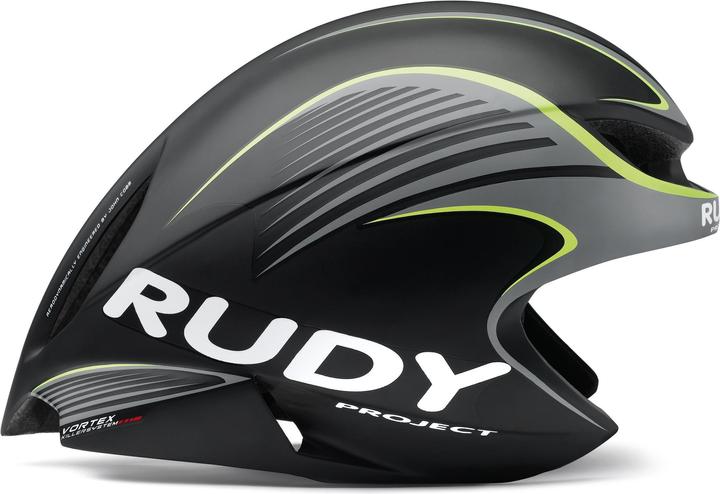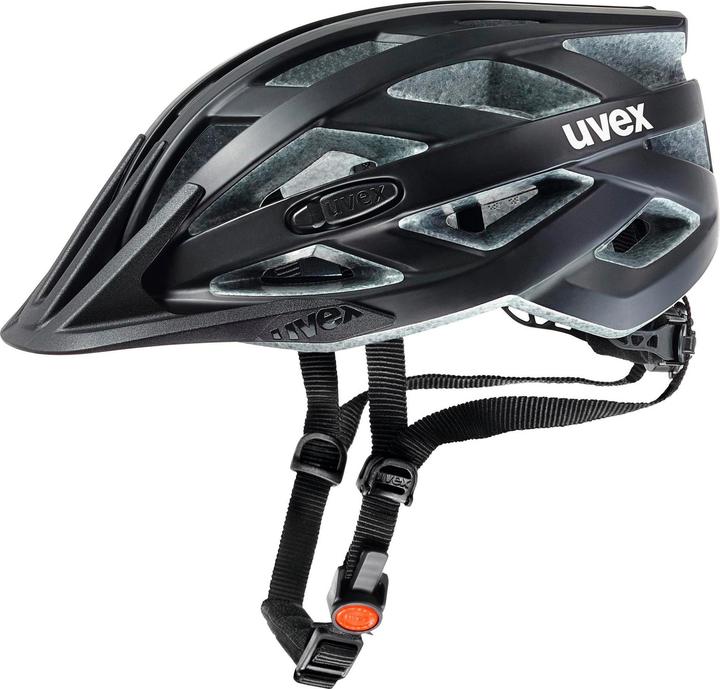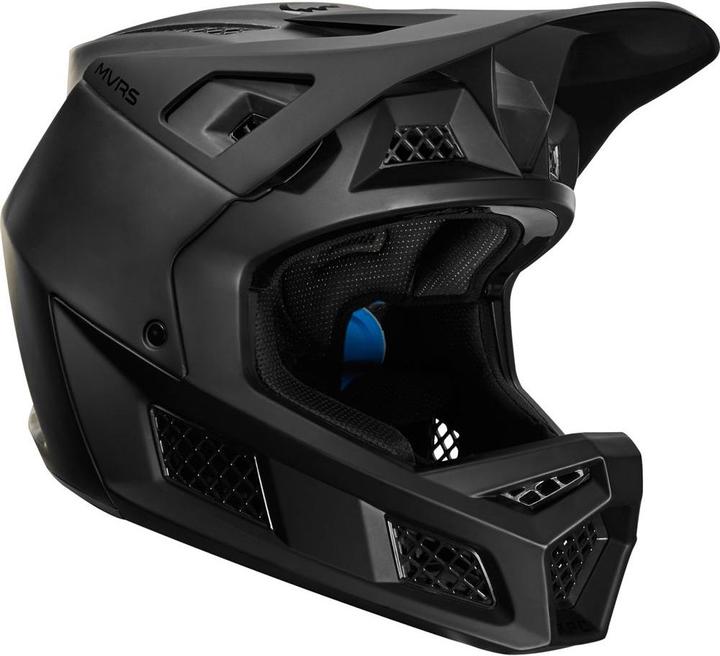

Key bike helmet considerations
It's all about your head. There are around 30,000 cycling accidents in Switzerland every year. That's more than reason enough to protect yourself as much as possible when out on your bike. Choose a helmet that fits and is properly maintained and specifically adjusted to you.
If he hadn't worn a helmet, I probably never would have met him. A few days ago, I got talking to a teammate after a game and he showed me his new bike. The subject soon turned to him telling me about him not seeing a driver three years ago. Around 100 kilos in weight and pretty fast, he flew across the windscreen and hit the side of the car. The car was a write-off. He's still feeling the effects of the accident today, but his head is undamaged. Even though helmets are only mandatory for e-bikes up to 45 km/h, there's no good reason to forgo the protection.
When should you replace your old helmet?
If you've fallen off your bike or your helmet has suffered a heavy blow, you definitely need a new one. The structure has most likely been damaged, so it's done its duty and is no longer safe. Of course, it's a different matter if you've only had yours for a few years and treated it well.
Helmet maintenance tips:
- Don't store it in direct sunlight or humid conditions.
- Clean it occasionally with water and soap.
- Don't stick anything to it, paint it or modify it in any way.
The manufacturer's advice is often to purchase a new model after five years. And the Swiss Council for Accident Prevention (bfu)'s recommendation (in German) is to follow suit. A «K-Tipp» test (in German) proved that even older helmets still provide a good amount of protection. It's up to you when you get yourself a new one.
How old is your helmet, and what test standards are there?
The inner workings of your helmet reveal a lot – it's worth a look inside. Firstly, there's the manufacturing date, which will be somewhere or other, although often tricky to see. You'll also find the standard that the helmet was tested against.
Test standards:
There's no special standard for Switzerland. Helmets that are launched on the Swiss market have to comply with EU standard EN 1078. Testing includes flat impact at 19.5 km/h and impact on a «roof-like surface», i.e. at an angle, at 16.5 km/h. There aren't any applicable general standards for S-pedelec helmets in the EU. Manufacturers tend to follow the Dutch NTA 8776 standard, which tests at around 20% higher impact speeds than EN 1078.
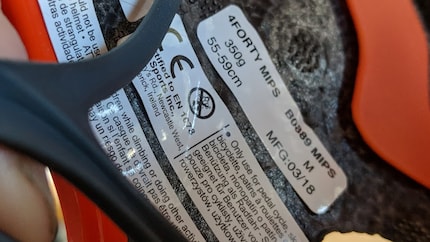
Finding the right size
If you're looking for a new bike helmet, you should know your head circumference. Measure two fingers' breadth above the bridge of your nose, just above your eyebrows. This is where the edge of the helmet will sit. If you measure 56 cm, for example, you can filter products using the respective size range. As many models are adjustable, they often cover a size range of 4-6 cm.
How your bike helmet should sit
The shake test: you should never have to tie down a well-fitting helmet. It shouldn't slip if you shake your head, even when unfastened. Make sure that your helmet is positioned correctly: two fingers' breadth above the bridge of your nose, not way up on your forehead like you see on (too) many cyclists.
Adjust the straps: take the time to make sure the straps form a triangle around each ear. Both straps should fit properly and lead directly towards your jaw when fastened.
Keep it snug: you should only be able to fit one finger between the strap and your chin. This is where many people get careless, with the straps getting looser over time. So keep an eye on them and retighten them now and again!
What should your helmet actually «be able to do»?
Helmets are designed slightly differently depending on what they're used for, but the fundamental principle is the same: the hard outer shell absorbs impact and can't even be punctured by sharp branches and stones. The inner shell provides cushioning and absorbs the energy of the impact.
Some models have integrated MIPS: the «Multi-directional Impact Protection System» aims to reduce the brain's exposure to rotational impact in the event of a side-on collision. Sliding layers move in the opposite direction to the shell in the event of impact, absorbing some of the energy. POC's SPIN system is similar. Other (self-explanatory) comfort and safety features you can filter by include reflectors, integrated lights, glare protection, fly screens in the air vents and even visors.
City and trekking helmets
These models are robust and designed to last. There's the classic oval shape or the similar rounded BMX and skater helmets. Trekking helmets such as the Uvex Active CC also provide more comfort and good ventilation on long journeys. If you're riding in heavy traffic, reflectors or integrated lights can be a valuable asset. Cars are getting ever taller, leaving your rear light hard to see. That's why it's a good idea to wear a helmet such as the Lumos, which ensures additional visibility at head height.
Special designs for fast e-bikes
Helmets are mandatory for S-pedelecs in Switzerland (up to 45 km/h). They might add a few grammes in weight, but that's not bad for bikes with up to 1000-watt engines. The closed design is most common, with a visor a sensible addition to keep dirt, insects, airflow, rain and snow out of your eyes.
Racing helmets
This is where every gramme and every second count. Racing helmets are designed to be light and aerodynamic. The in-mould process is often used here, where the inner and outer shells are «baked» together rather than being joined in two stages. At less than 200 g, the lightest models weigh less than a bar of chocolate. Triathletes use special aero helmets such as the POC Ventral SPIN to be even more streamlined and transfer as much of their energy as possible onto the road. Time trial helmets such as the Rudy Project Wing57 boast peak aerodynamic optimisation.
Mountain bike helmets
Mountain bike helmets have to provide protection for the head, and specifically for the neck and temples. They have different specialist features depending on what they're used for.
Cross-country
Cross-country helmets are extremely light. These are often modified racing helmets with an added visor for protection and to shield against any glare.
All-mountain and enduro
All-mountain and enduro helmets are used when extra protection is needed. Ultralight full face helmets such as the Fox Proframe or models with removable chin guards are popular with enduro cyclists. There are also models that are compatible with your goggles or have a camera holder for your GoPro and co.
Downhill
Full face helmets provide maximum protection for downhillers and freeriders and can also be combined with neck braces.
View all mountain bike helmets
Wherever you are, and whatever helmet you wear: take the time to make sure it fits properly. Because a good helmet is only half as effective if it doesn't fit.
Simple writer and dad of two who likes to be on the move, wading through everyday family life. Juggling several balls, I'll occasionally drop one. It could be a ball, or a remark. Or both.
Practical solutions for everyday problems with technology, household hacks and much more.
Show all